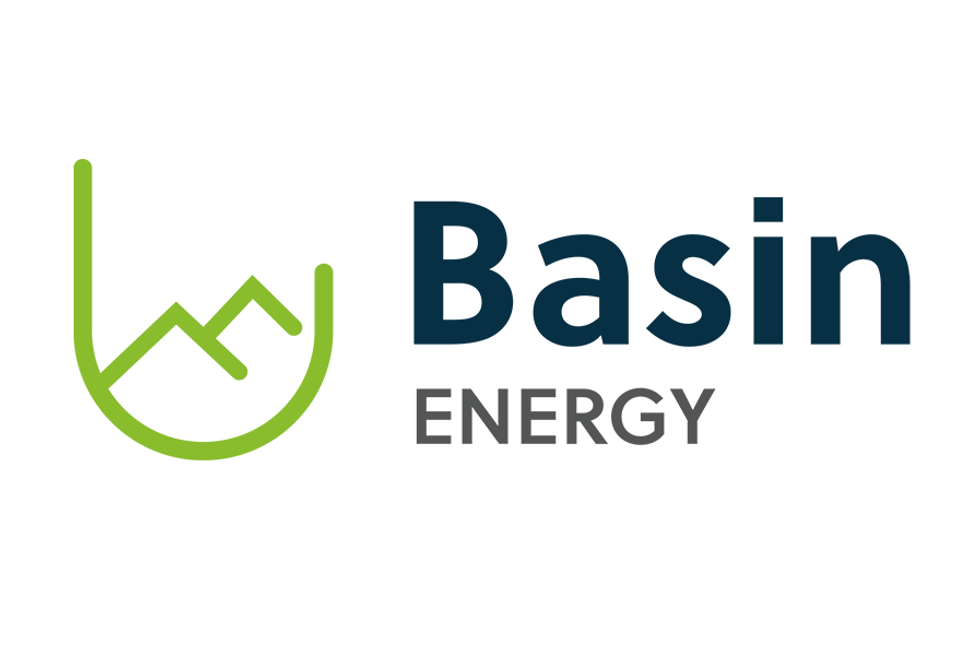
The latest uranium news from Japan came Monday when Kyushu Electric Power Company announced that it will start up the first Sendai reactor on August 11.
Uranium market watchers have been keeping a close eye on Japanese reactor restarts, and the time has finally come for the Asian nation to turn on its first reactor since the 2011 Fukushima disaster. Kyushu Electric Power Company (TSE:9508) announced Monday that it will start up one unit at the Sendai nuclear power plant on August 11; it will begin generating electricity on August 14.
The news has been a long time coming given that the Nuclear Regulatory Agency (NRA) gave the two Sendai units the okay to restart in October 2014. Still, it has been far from smooth sailing since then. Local residents and anti-nuclear power activists have voiced concerns about safety and attempted to block restarts at Sendai through court action. Ultimately, however, the Kagoshima District Court swiftly shut down that opposition.
Still, the court’s decision hasn’t prevented those in opposition from continuing to campaign against restarts. Indeed, dozens of protesters assembled outside of the Sendai plant on Monday, making a final attempt to stop the restart, according to CTV News.
Kyushu’s evacuation plan for Sendai is one issue causing concerns for protesters. Though it outlines emergency response plans in the case of fire, flooding, other natural disasters and serious accidents, local campaigners told The Guardian that Kyushu and local authorities have yet to explain how quickly they would be able to evacuate residents should a natural disaster occur. Approximately 220,000 people live within a 30-kilometer radius of Sendai; the area is also home to five groups of calderas and Sakurajima, one of Japan’s most active volcanoes.
Good news for Japan and the uranium market
The restart is a big win for Japanese Prime Minister Shinzo Abe, who has been working to reboot nuclear power in Japan and get the country’s economy back on track. Despite opposition, Abe has insisted that without nuclear power, the Japanese economy will buckle under the cost of oil and gas imports.
For his part, Cantor Fitzgerald Senior Analyst Rob Chang believes the announcement is very positive, and said in a note released Monday that the news will return general market interest to nuclear power and uranium. His firm expects the news to cause uranium equities across the board to strengthen.
“Ever since the Fukushima incident derailed a uranium market that was heating up significantly in March 2011 many have pointed at nuclear restarts in Japan as a key catalyst to ‘restart’ interest in the space,” Chang said. “That time is now. While a single reactor will not move the needle in terms of overall uranium demand, we view this event as the type of front page news event that will return interest into the nuclear and uranium space. We expect across the board strength in the uranium universe with particular interest being paid to companies with higher liquidity.”
Cantor Fitzgerald expects the restart of the second Sendai unit to be the only other restart in 2015; however, it sees a total of nine reactors being up and running by the end of 2016. And while the firm believes that most of Japan’s 48 reactors will have to come back online to effect any major shift in the supply and demand balance, Monday’s Sendai restart is certainly a positive move and further cements expectations for a uranium supply deficit by 2020.
Securities Disclosure: I, Kristen Moran, hold no direct investment interest in any company mentioned in this article.
Related reading:
Uranium Future Outlook: What do Restarts in Japan Mean for Uranium Juniors?
Japan’s Sendai Reactors Receive Final Approval for Restart





